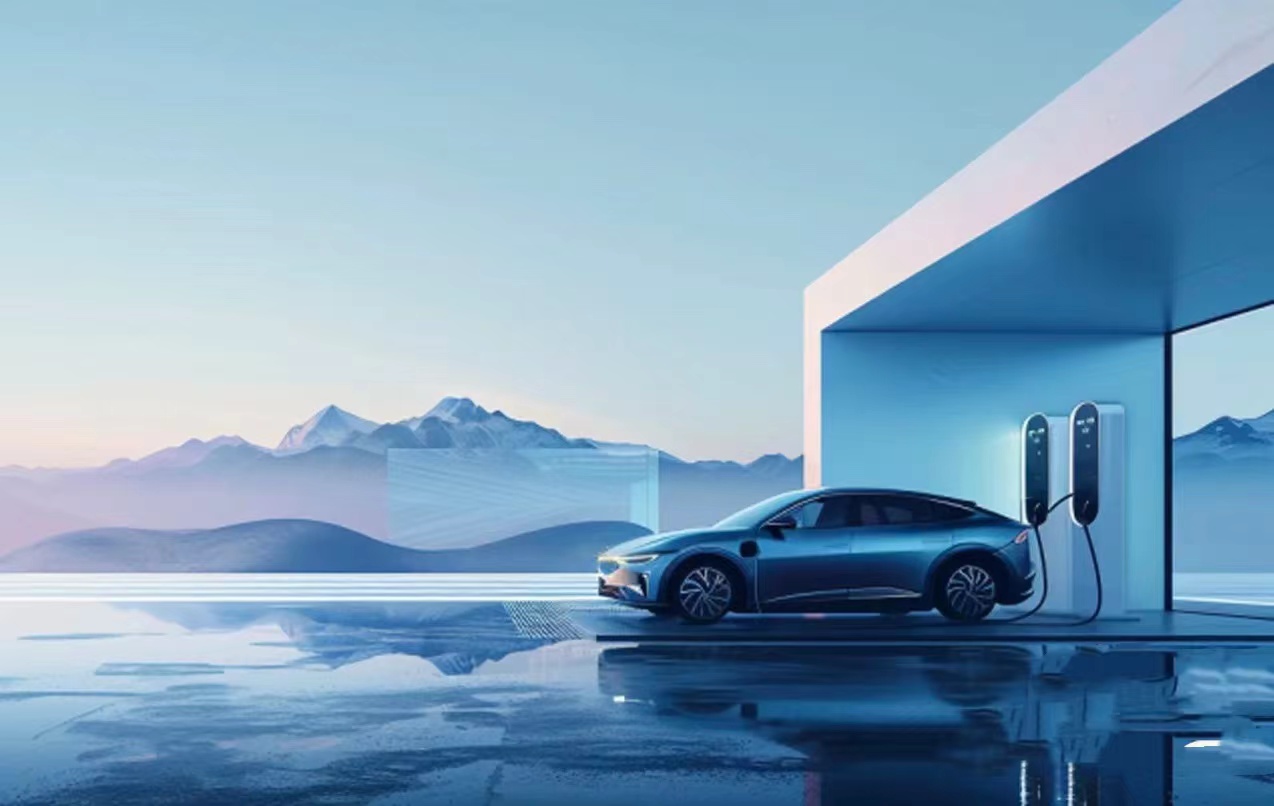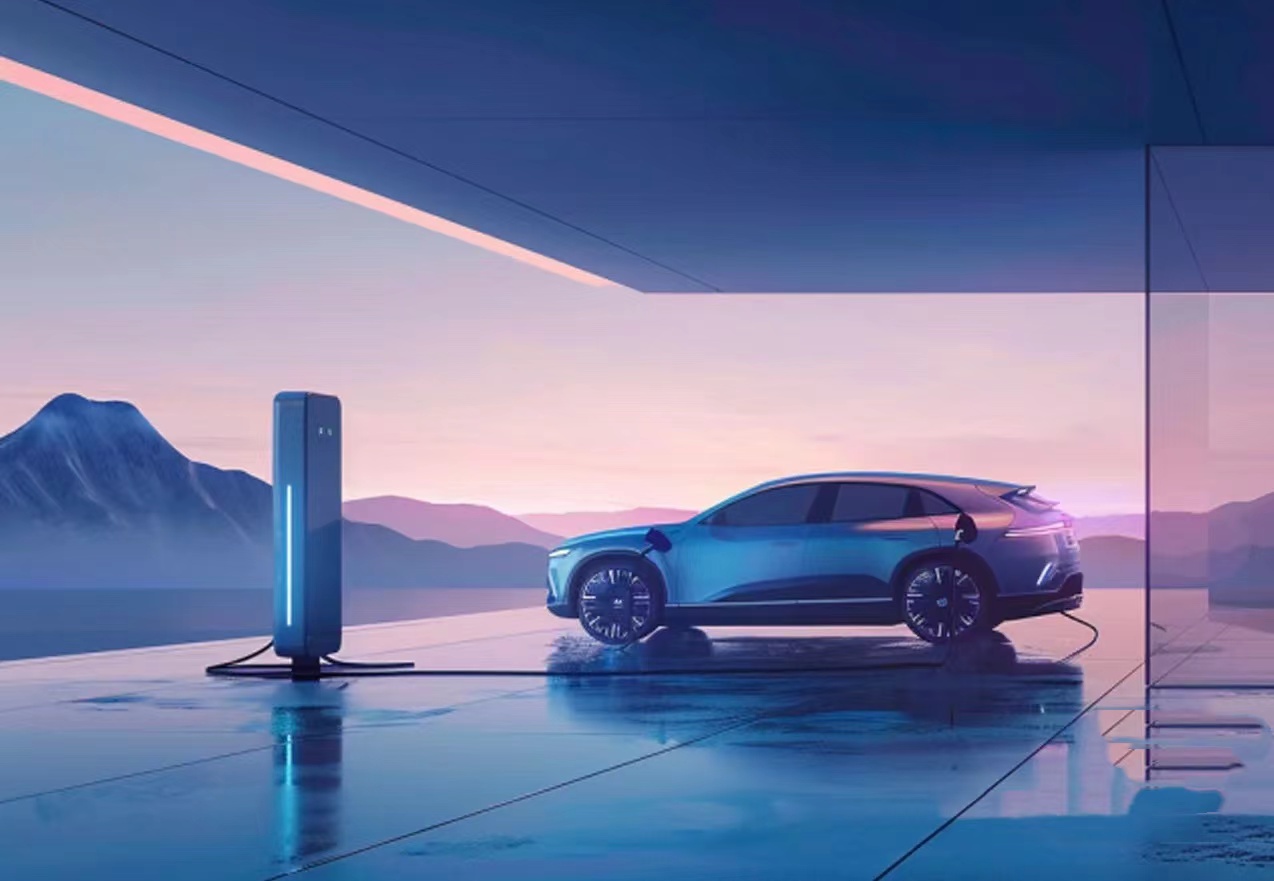Author:AliceDate:2024-7-9

The explosion of the new energy market is blowing the entire automobile industry like a breeze. With the continuous improvement of global awareness of environmental protection, as well as the government's strong support for new energy vehicles, the new energy market is rising rapidly, and led to the development of many enterprises. Among them, the landing of the old for new policy has added a touch of heat to this trend, constantly releasing the consumption potential of the automobile market.
First of all, the explosion of the new energy market cannot be separated from the strong support of the policy. Governments around the world have introduced subsidy policies to encourage the purchase of new energy vehicles and restrictions to reduce the use of traditional fuel vehicles. These policies have not only promoted the growth of new energy vehicle sales, but also stimulated the development of upstream and downstream enterprises in the relevant industrial chain. In China, the old for new policy has become a powerful tool to promote consumption upgrading, promote economic growth, and improve environmental quality. By giving more favorable replacement conditions and price subsidies to old fuel owners, this policy has effectively stimulated the enthusiasm of consumers to buy new energy vehicles, and has also injected strong momentum into the entire automobile industry chain.

Secondly, with the vigorous development of the new energy market, more and more enterprises have begun to increase their investment in new energy technologies and product lines. From traditional car manufacturers to technology giants and startups, they are competing to layout and invest in the field of new energy. A series of new car-making forces such as Tesla, NIO and Xiaopeng have risen rapidly, setting off waves of innovation in the field of electric vehicles. Traditional automobile manufacturers are also actively responding to national policy guidance in the transformation and upgrading, accelerating the launch of products that meet market demand and environmental standards, and phasing out high-emission and low-efficiency product lines.
However, we must also see problems and challenges amid the joy. First of all, the problem of lagging charging infrastructure construction still exists. Especially in rapidly developing countries and regions such as China, the construction of charging piles still lags behind the growth rate of the number of electric vehicles, which will directly affect the user's experience after purchasing electric vehicles, and may even become a limit on their purchase intention and driving range expansion. Second, new energy technologies still need to be further broken through, especially the range, charging time and other aspects still need to be improved. Finally, under the increasingly fierce competition, enterprises need to be wary of over-reliance on subsidies to bring market share, while ignoring product quality and core competitiveness.
In short, the opportunities and challenges brought by the explosion of the new energy market coexist. The government should continue to improve relevant supporting policies and increase support for the construction of charging infrastructure and technological innovation; Enterprises need to strengthen their core competitiveness and brand building, improve product quality and service level. Only in this way can we truly achieve sustainable development and lead the entire industry to a more healthy and stable track!
↓Next [ Shengjia (Texas) Company has exported golf carts to the United States, Canada, the Philippines, Indonesia, Cambodia and other countries ]









